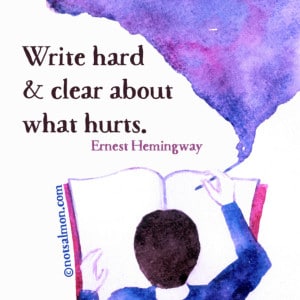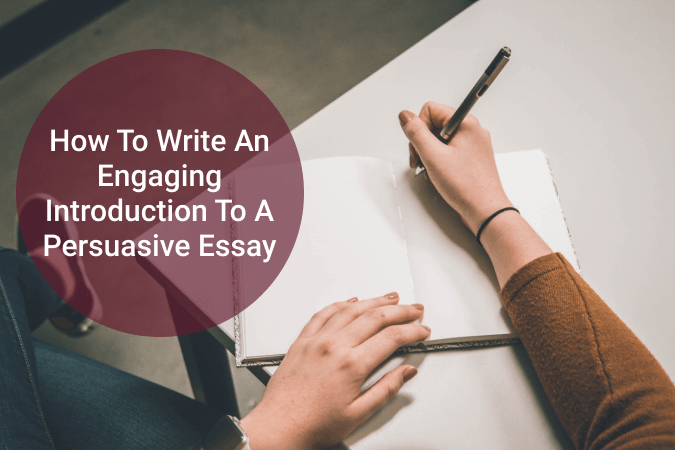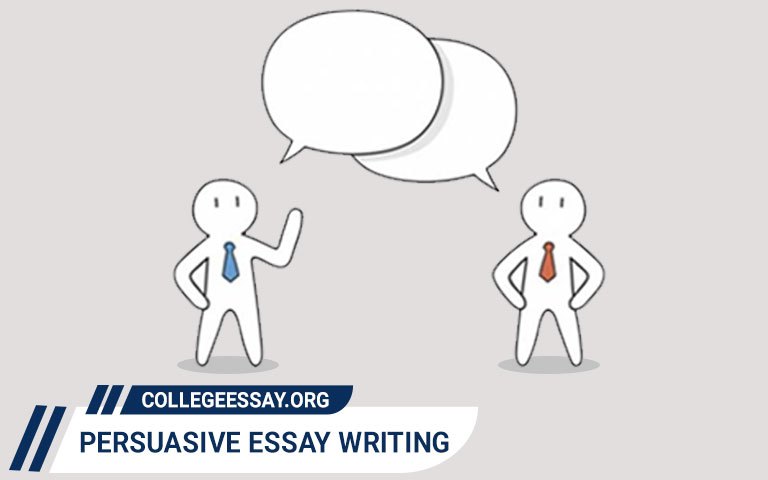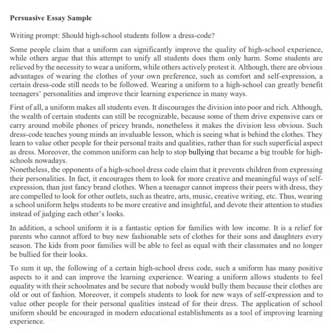:max_bytes(150000):strip_icc()/GettyImages-180587558-1332a5b86e5b4ca691e49390bd447f4c.jpg)
For example, if your child is asked to write about his favorite ride at an amusement park, he might note the name of a roller coaster and what it looks like, as well how the rush of wind in his hair felt as he zipped through the air, what the sound of the ride car clicking up the tracks was like, and so on. In upper grades, a student's descriptive writing should be more subtle and nuanced, using figurative and metaphorical language (It was the cherry on top of a wonderful day.)
Elaine Hinzey is a fact checker, writer, researcher, and registered dietitian.
Descriptive writing is used to create a vivid picture of an idea, place, or person. It is much like painting with words. It focuses on one subject and uses specific detail to picture it.
Narrative writing tells a story. Though it’s most commonly used in personal essays ("What I Did to Celebrate the Holidays"), this type of writing can also be used for fictional stories, plays, or even a plot summary of a story your child has read or intends to write. This is likely the most frequently used of the four most common types of writing, and students will spend a significant amount of time learning how to write narratives.
Narrative
Persuasive writing is a more sophisticated type of writing your child will be introduced to around fourth grade. Strong persuasive writing is like a debate played out in written words.
Expository writing is to-the-point and factual. This category of writing includes definitions, instructions, directions, and other basic comparisons and clarifications. Expository writing is devoid of descriptive detail and opinion.
Starting in elementary school, children begin to recognize that stories and texts follow specific writing types, which serve particular purposes. The four writing types that students will explore include narrative, descriptive, expository, and persuasive.
Descriptive writing is used in depictions of fictional and non-fictional characters, poetry, parts of book reports, and in various kinds of observational writing.

You’d want to use a very different approach to appeal to an audience of high schoolers than you would an audience of retirees.
Want to know how to write a persuasive essay, so you can convince your audience to change their attitudes, values, or beliefs to match your own?
Every persuasive essay has to persuade someone. But they don’t all try to persuade the same people. You want to make sure you know who you are writing for, so you can tailor your argument to their interests, needs, and values.
One of the big keys to researching your topic: use effective, accurate, and credible sources.
4. Write an effective thesis statement.

As you move from the beginning of the essay to the end, your argument should be growing in complexity and sophistication. In the end you should ask your reader to accept the basic facts and reason you laid out at the beginning. Basically, your conclusion should feel inevitable.
Your thesis statement will tell the audience what you will demonstrate or prove. In order to make it effective, you need to do more than simply assert what you want the audience to come away believing. You need to indicate some of the specific lines of evidence that you will use to help them come to this conclusion for themselves.
Persuasive writing relies on a combination of logic, emotion, and credibility to show the audience that you have made a convincing case.
It doesn’t matter how good a source is if the people you are trying to persuade think it’s untrustworthy or biased. Try to use the most appropriate and credible sources for your topic. In academic writing, that’s often scholarly journal articles. But it will vary depending on your topic.

An introduction is one of the central elements of an essay. With a strong and appealing opening part, you can assure your essay’s success. A strong intro is aimed at gathering the reader’s attention and making people read an entire essay. It can be problematic to perform an excellent opening part. Still, there are a few useful writing tips you can use.
An essay outline is an important element of every essay paper. It allows you to bring together the entire paper’s elements properly and assuring a requested essay format. An essay outline can be used as a writing plan. It allows you to deal with every part of an essay accurately. Moreover, an essay outline makes it easier to come up with every separate argument, its supporting evidence, important facts, concepts, and explanations.
A persuasive essay is a special type of academic paper that is aimed at convincing readers to share the author’s point of view. You need to persuade your readers with the information revealed. It can be difficult to prepare an excellent essay. Often, you need to deal with a very complex subject. If you need to write a perfect paper, be careful with every detail. A proper structure of an essay is essential. It defines the final success of your persuasive essay and the way it influences your audience.
When you need to perform a perfect persuasive essay, be ready to pay a lot of your time and effort. It can be difficult to write an essay at first. Moreover, you need to pay your attention to every aspect of your paper. In fact, you need to share your point of view where making strong points, use strong words, and convincing conclusions. An attention-grabbing introduction is necessary. It assures the fact that your readers will read the entire essay eventually.
Additional Elements of a Persuasive Essay
Be ready to spend your time checking your completed paper a few times. You must submit an original and flawless written piece. Pay your attention to the opening paragraph since you need to gather your readers’ attention and make them read your entire essay. Assure engaging and interesting beginning of your article. This is the best way to intrigue and to motivate your audience.
A conclusion is the closing part of an article. You should make it short and concise. There is no need to bring new arguments and relevant evidence in this part of your research paper. Summarize your arguments and findings in order to provide a final message. Avoid reminding the same information from the body part. You should bring all central points to a logical ending in conclusions.
A persuasive essay has a standard essay structure. Often, writers prefer a 5-paragraph essay format the most. In general, an essay requires a strong and attention-grabbing introduction, informative main body parts, and a short and snappy conclusion.
You can use various quotes, anecdotes, interesting facts, or controversial sayings in order to start your essay effectively. Use any available persuasive tools to support your point of view. Do not hesitate to write down your unparalleled ideas even if they look too provocative. Follow the writing requirements when completing an essay. Be very attentive to details and make sure to check an essay a few times before submitting it.

Once you’ve mastered this structure, feel free to add more body paragraphs as you see fit. But don’t overwhelm your reader with too many reasons. If you begin with a clear and precise thesis statement and fuse it with solid facts, you'll be well on your way to delivering a pitch-perfect persuasive essay.
No matter how compelling your point is, you’ll need to use writing skills as a tool to convince readers to your side. A well-organized, five-paragraph essay will present your argument much more effectively. The structure is simple:
Do you have a strong opinion about a topic? If so, now's the time to take that opinion, bolster it, and convince others to "come on your side." Let's explore some tips for persuasive essay writing made easy, including a persuasive essay outline.
An example of a persuasive writing prompt may be, “What is the best dessert?” However, an argumentative essay may pose the question, “Should the school have more varieties of dessert?” Each author would collect different types of evidence and take a different approach to writing their essay.
Call to Action
While persuasive essays focus on one point of view, argumentative essays acknowledge differing opinions and perspectives. Argumentative essays use logic and rhetorical devices to convince an audience to consider the author’s argument. They require more facts and evidence than persuasive essays to be valid arguments.
What do you want readers to do after reading your essay? Think of what action they can take once they are convinced of your point. These actions can range from letters to the school board, signing petitions, donating to worthy causes, or speaking out on the same issue.
A good persuasive essay is going to present compelling facts and statistics. The goal is to move the pendulum so others choose your side, too. You can also research and present moving narratives that will make readers stop, think, and consider your viewpoint.
You can change the world, or at least the perspective of a group of people, with a powerful persuasive essay. And, in truth, persuasive essays possess an element of informative essays. You'll certainly be educating the audience on an important topic.

A good persuasive essay is going to present compelling facts and statistics. The goal is to move the pendulum so others choose your side, too. You can also research and present moving narratives that will make readers stop, think, and consider your viewpoint.
You can change the world, or at least the perspective of a group of people, with a powerful persuasive essay. And, in truth, persuasive essays possess an element of informative essays. You'll certainly be educating the audience on an important topic.
You can find a lot of persuasive essays in the realm of politics. Among political figures -- whether senators, congressional personnel, lobbyists, or presidential staff -- developing and using persuasive essays is quite common.
- The Introduction – Your introductory paragraph needs to be your strongest paragraph. This is where you'll present your argument or recommendation, including your thesis statement. The last sentence should conclude the thought while transitioning into the next paragraph.
- The Body – The next three paragraphs should reinforce your initial viewpoint, thereby persuading the reader that your position is the best position possible. Each paragraph should present one reason for your opinion with evidence from your personal experience.
- The Conclusion – Your concluding paragraph should reiterate your thesis statement. Then, sum everything up and conclude the overall essay to drive the point home. Include your call to action here.
Choose Your Side
In order to write a concrete, persuasive essay, you'll need to do your homework on the topic. Familiarize yourself with both sides of the coin: your side and the opposing argument. Preemptively respond to possible counter-arguments from the other side. This will make for a much stronger essay. Don't shy away from a quick acknowledgment of the main point of contention.
Even though a persuasive essay doesn’t require hard evidence, you will need to list reasons for your opinion. The more reasons you list, the more convincing your essay will be. Be sure to make your reasons relatable to a variety of readers.
A persuasive essay has one main goal: to persuade the audience of a certain viewpoint. Like a sales pitch, your essay is selling your point of view. An effective persuasive essay appeals to the reader’s emotions and feelings to convince them that your side is correct. They require some evidence, but the primary evidence for your position is your opinion and personal experience.

A persuasive essay is not different than a lawyer presents his case to a judge. Just like a lawyer, a persuasive essay writer presents his essay to the readers with reasoning and evidence.
- Title page
- Use Times New Roman font
- Use font size 16pt for the headings and 12pt for the rest of the essay
- Lines should be double spaced
- The word count should be 500 to 2000, depending on the guidelines provided.
Following the background information comes the persuasive thesis statement and it is usually the last part of the introduction. The writer forms a claim over the topic and attempts to persuade the audience.
Choosing a topic is critical because you have to come up with a topic that doesn't interest you but your audience as well. A trick is to pick an already existing issue that is known by everyone and presenting it in a different angle.
What is Persuasive Essay?

The introductory paragraph is written to grab the reader’s attention to the main context of the essay. This paragraph is started with a hook statement which is an attention grabber of the audience. Draft the hook according to the topic and nature of the essay.
To follow this format, arrange your paragraphs and ideas according to their importance and right placement.
Get your flawless custom essay written at the most affordable prices by placing an order today!
